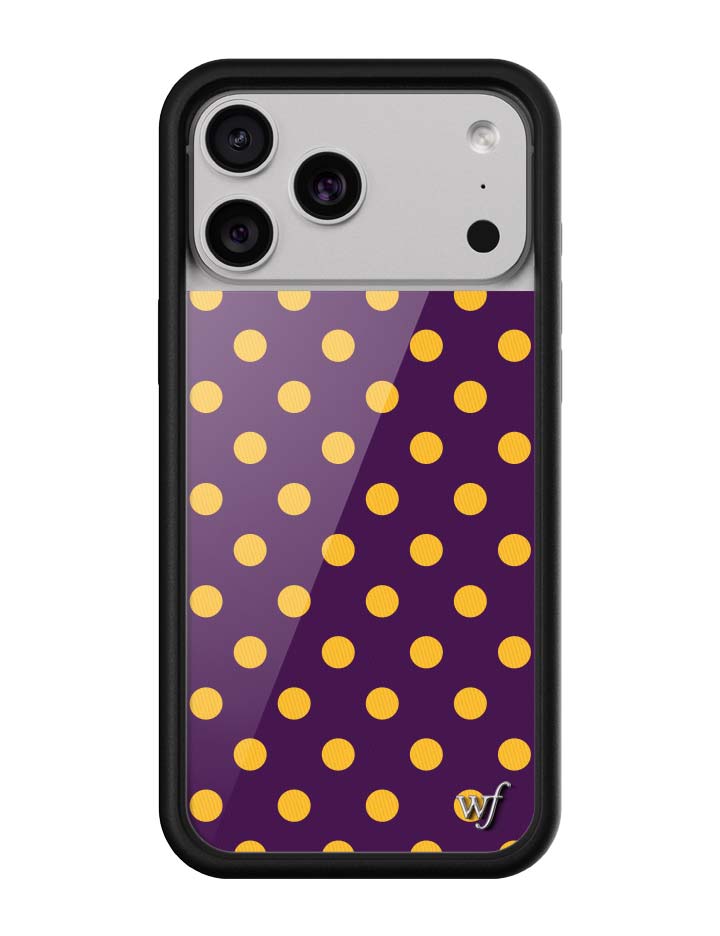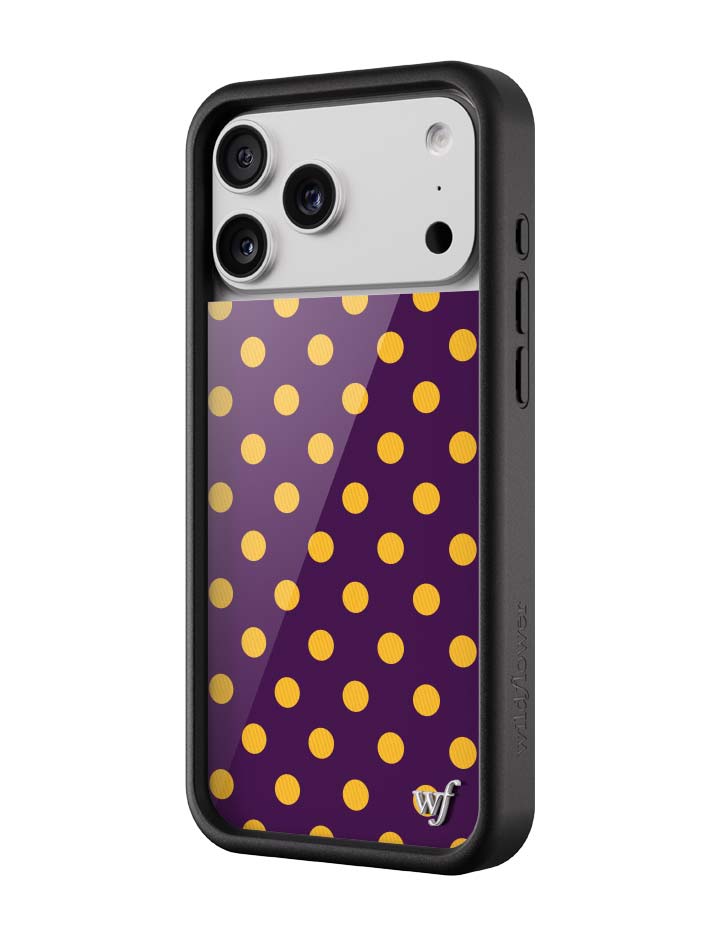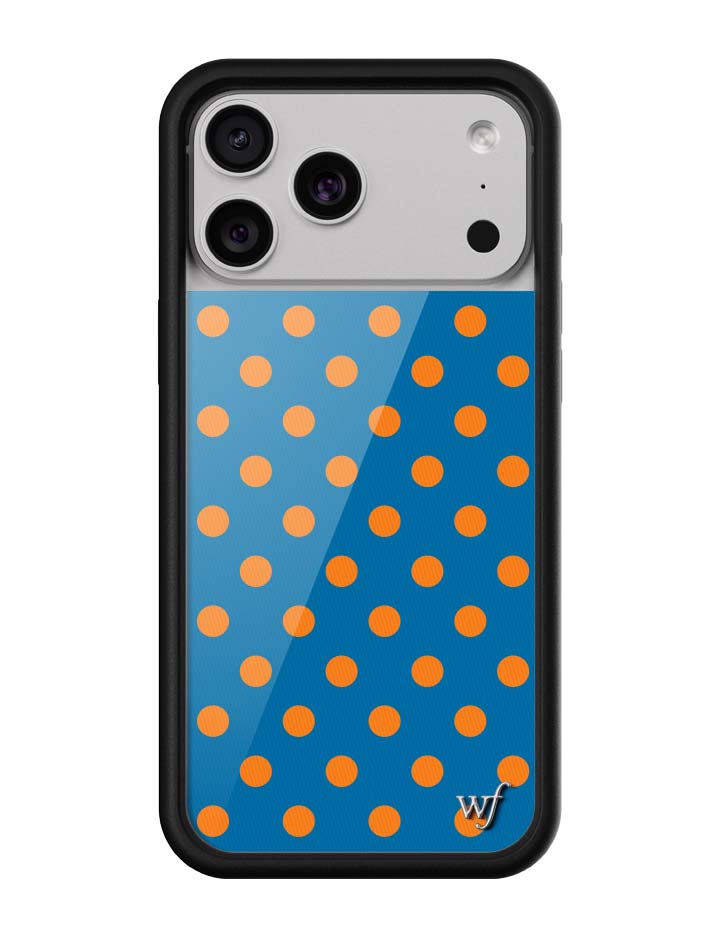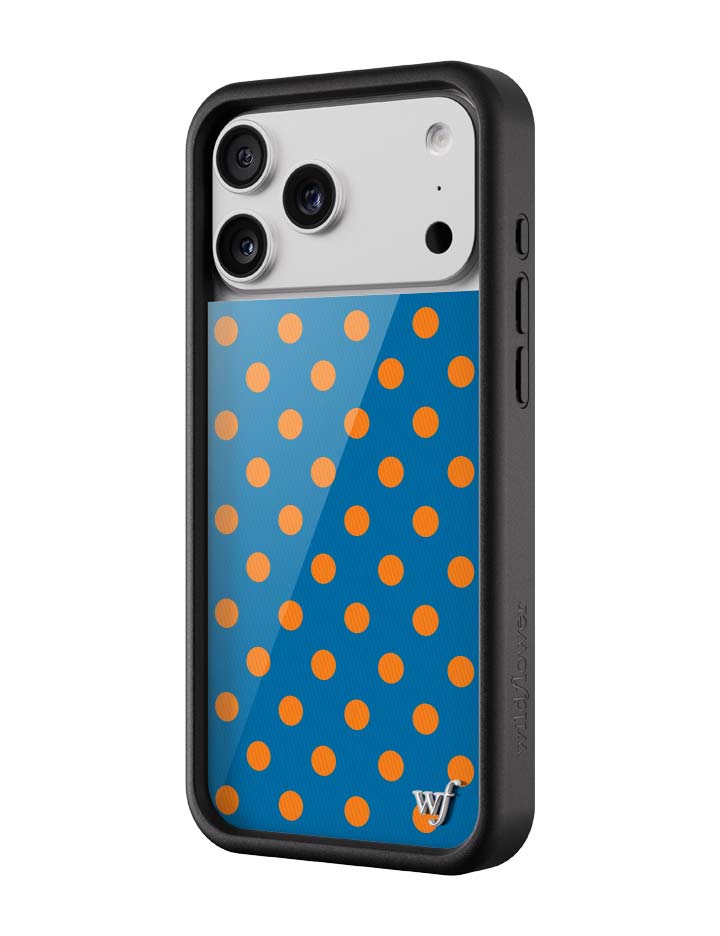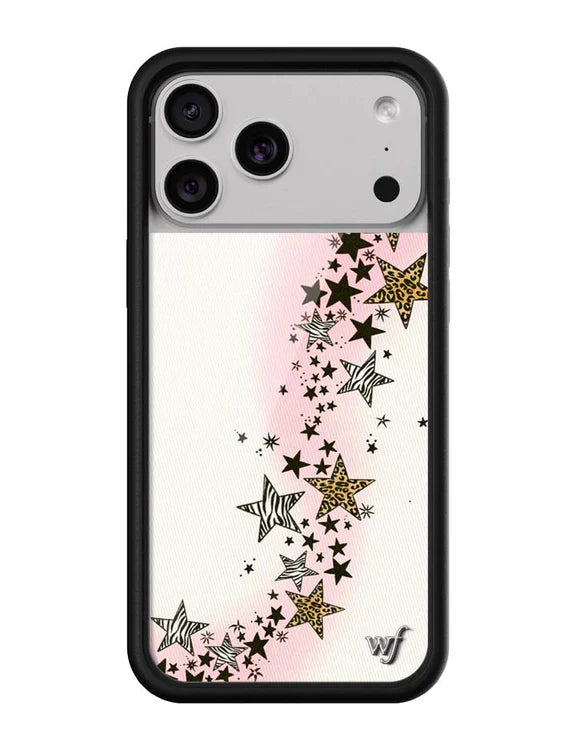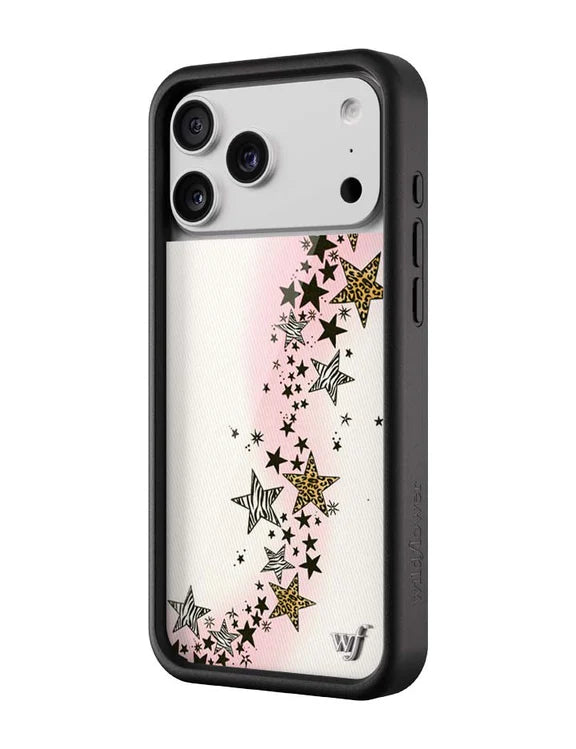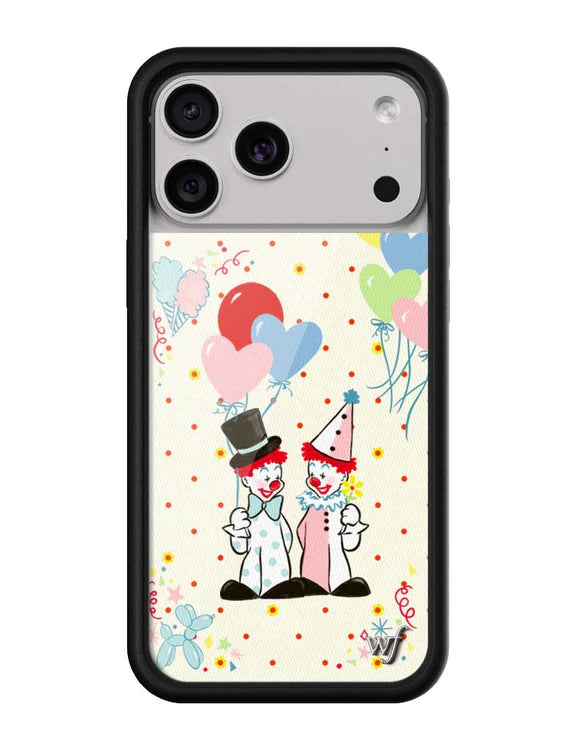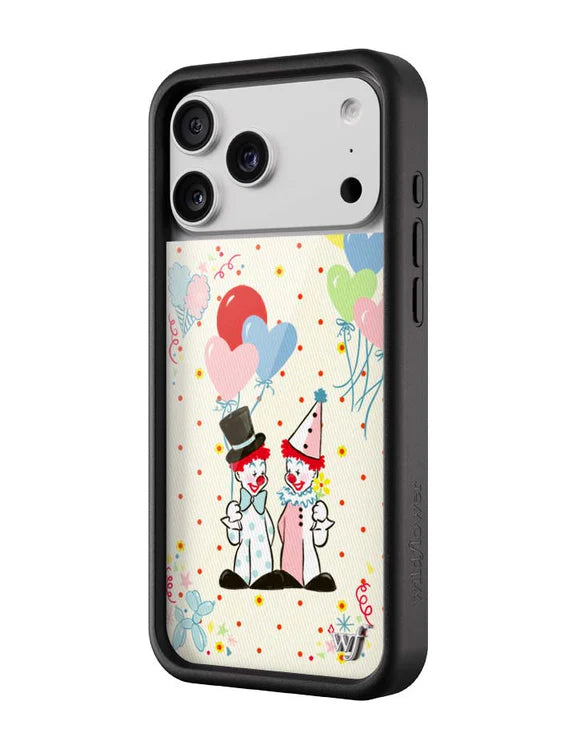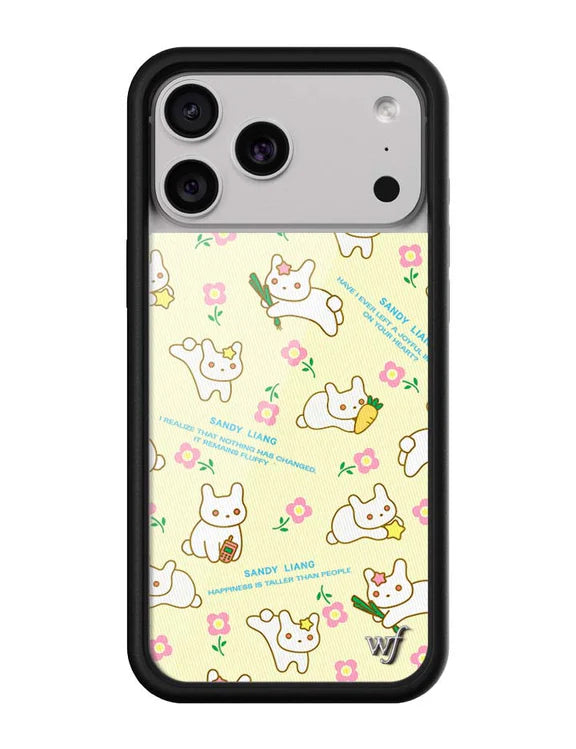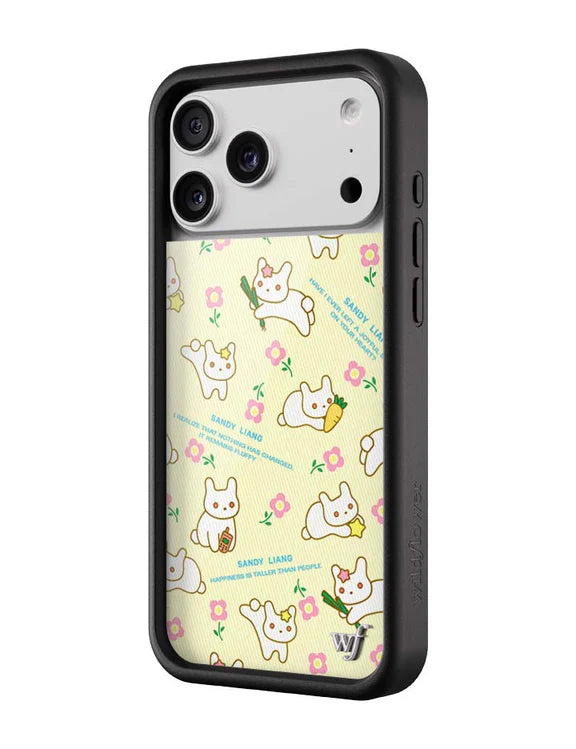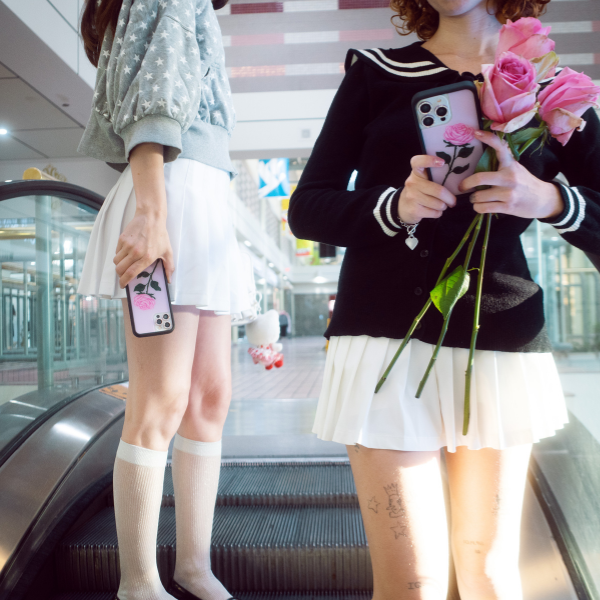
[Cannes red carpet nudity ban takes effect] When sexiness is no longer a pass, who should feel anxious?
The 2025 Cannes Film Festival has already begun, but this year's focus is not just on stars, gorgeous costumes and movies - but a new official rule: "No nudity." This not only applies to extremely see-through clothing, but also restricts designs such as long-tailed dresses that may hinder passage. This temporary regulation, officially announced in a document, immediately caused a stir in the fashion circle.
Many people speculated that this move might be related to Kanye West's wife Bianca Censori's previous nearly nude look backstage at the Grammys. The picture of her showing up without warning, taking off her coat and covering her whole body with only stockings, caused huge controversy on social media. Since then, the red carpet style has quietly changed - from the Oscars to the Met Gala, the degree of skin exposure has been significantly restrained.

However, this wave of "tightening" in Cannes is not only aimed at the phenomenon of nude clothing, but may also have a profound impact on the entire red carpet ecology and luxury brand strategy.
Naked clothing is not just a visual impact
In the past decade, nude clothing has almost become a traffic code on the red carpet. Starting with Rihanna's crystal see-through dress, Beyoncé, Bella Hadid and others have also performed different versions of "naked but not revealing". It is an expression of bodily autonomy, a symbol of female power, and also a "skin war" between brands for exposure.

The data also supports this: in 2024, the frequency of "perspective" related designs in red carpet dresses reached an all-time high. According to fashion platform Tagwalk, this type of look has grown 41% compared to last year. But now, this ban in Cannes is equivalent to directly putting an end to this visual competition.

Why is the fashion industry anxious?
The red carpet is not only an artistic display, but also a huge business. Brands work with stylists and celebrities to grab attention and space on the red carpet, and the impact of nude clothing is their trump card. Once this path is blocked, brands must rethink how to create topics and increase recognition.

For example, brands such as Saint Laurent, which are known for their sexy tailoring, used to rely heavily on the red carpet as a "second catwalk"; now if they want to avoid nude clothing, they have to find another design language. Rosé recently chose an all-black suit at the Met Gala, which may be the beginning of this transformation.

A step backwards or a reset?
Of course, this new rule also raises questions: Are we overly reliant on nudity to define fashion avant-garde? Will the red carpet become a gimmick? Supporters believe that such restrictions may force design to return to the silhouette, material and creativity itself, rather than relying solely on skin to attract attention.
From Maggie Cheung’s early trouser suits that wowed Cannes, to Cate Blanchett’s structural tailoring that conquered the red carpet, fashion has always been about not revealing and still being sexy, powerful and memorable.


Conclusion: Is the red carpet the be-all and end-all of fashion?
Cannes's ban on nudity is not absolutely right or wrong in today's world where diverse values collide. It reflects a tug-of-war between beauty, freedom and rules, and reminds us that attention is not the end of fashion. True creativity may bloom within limitations.

